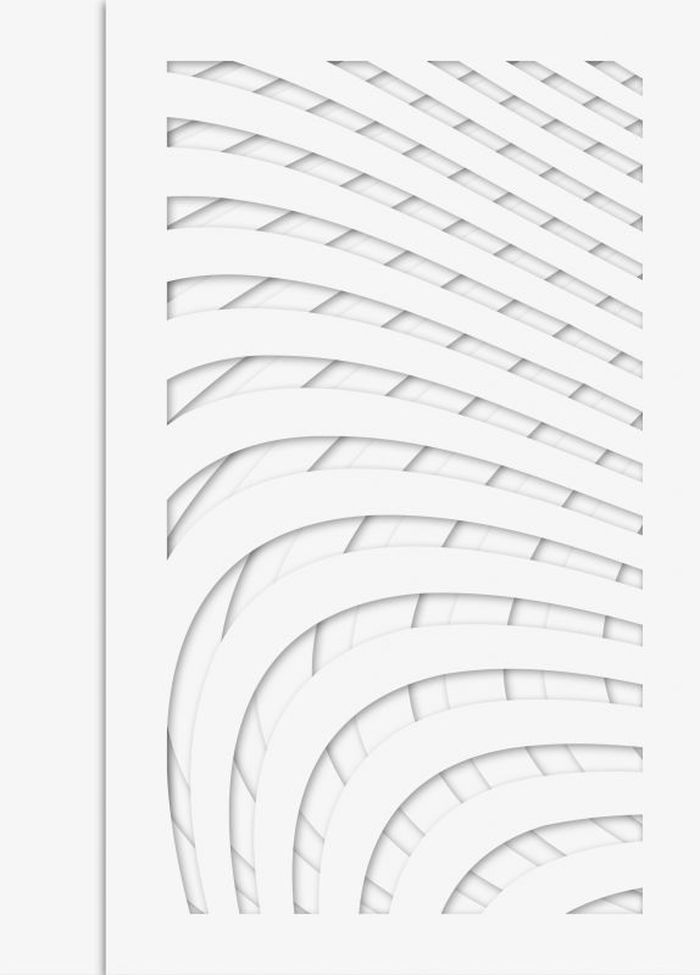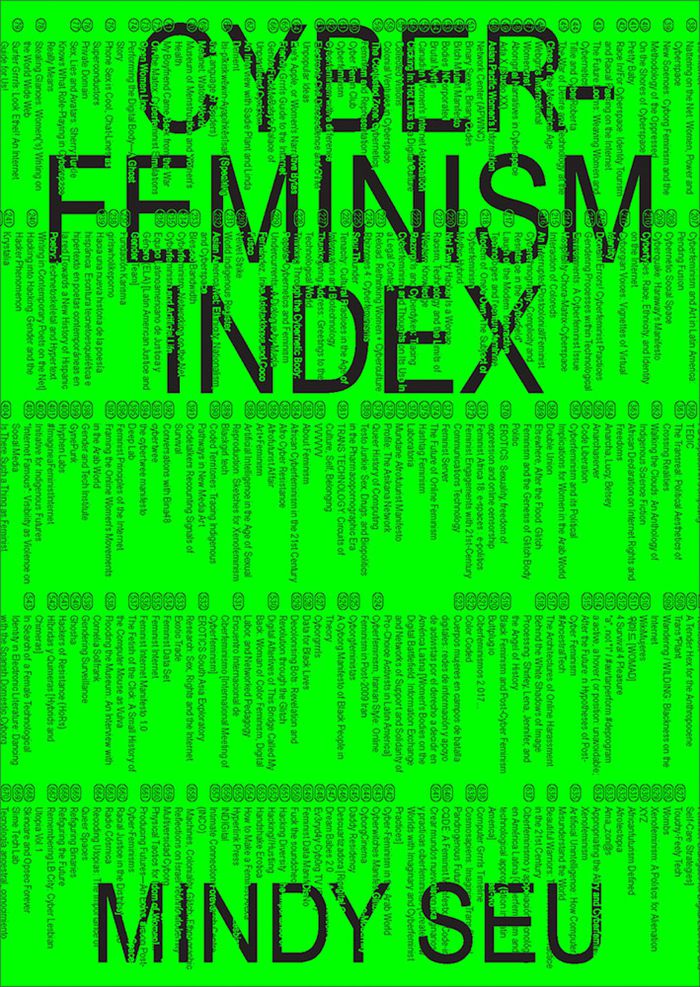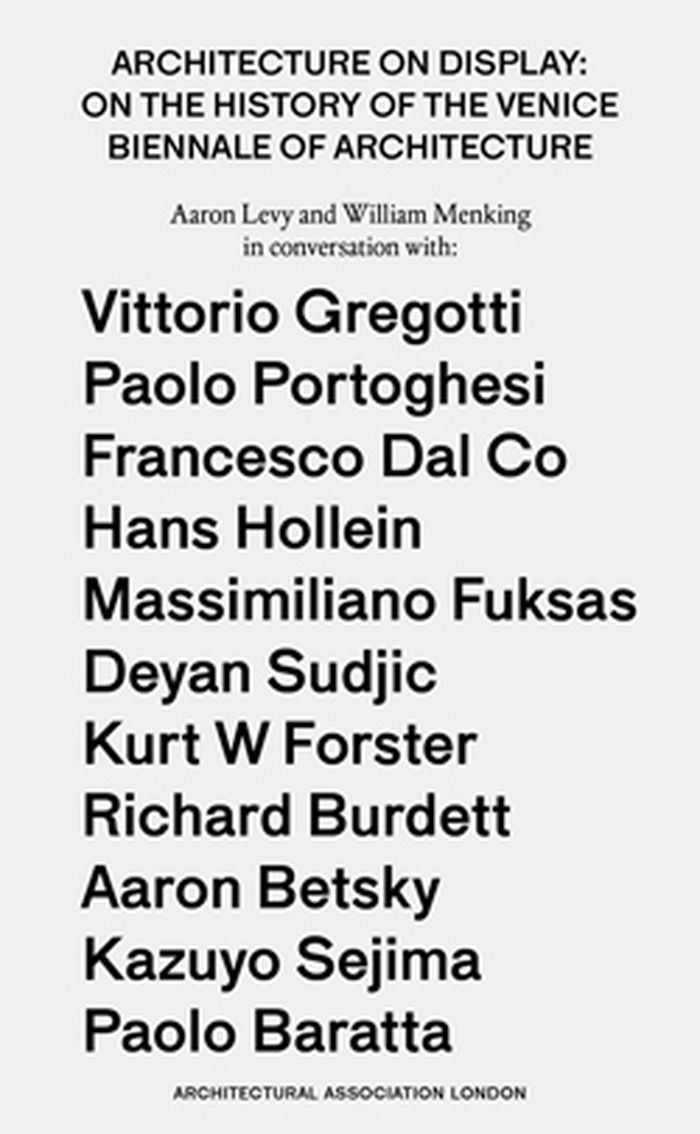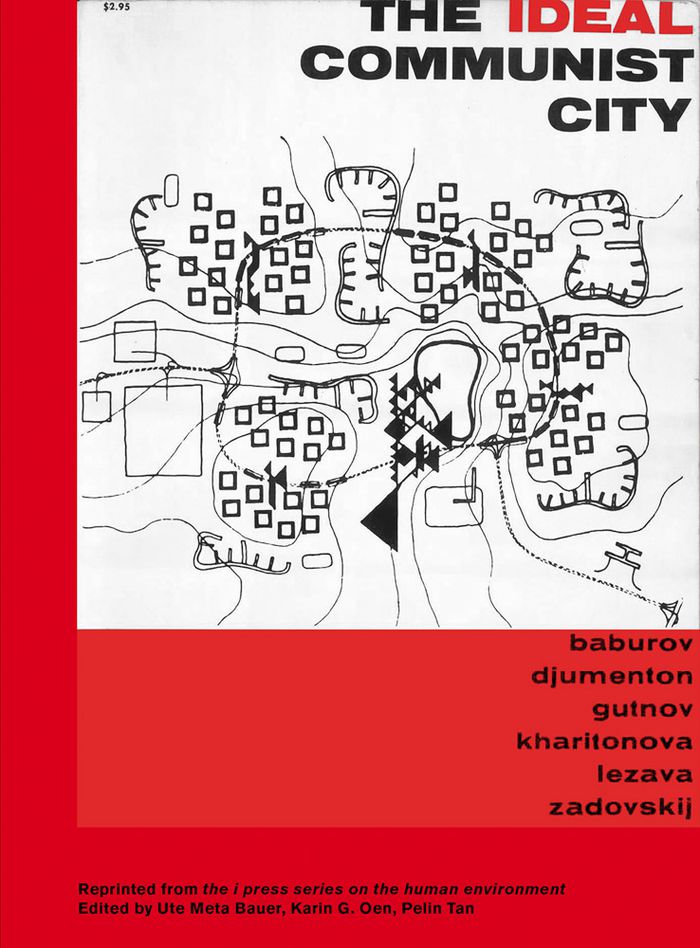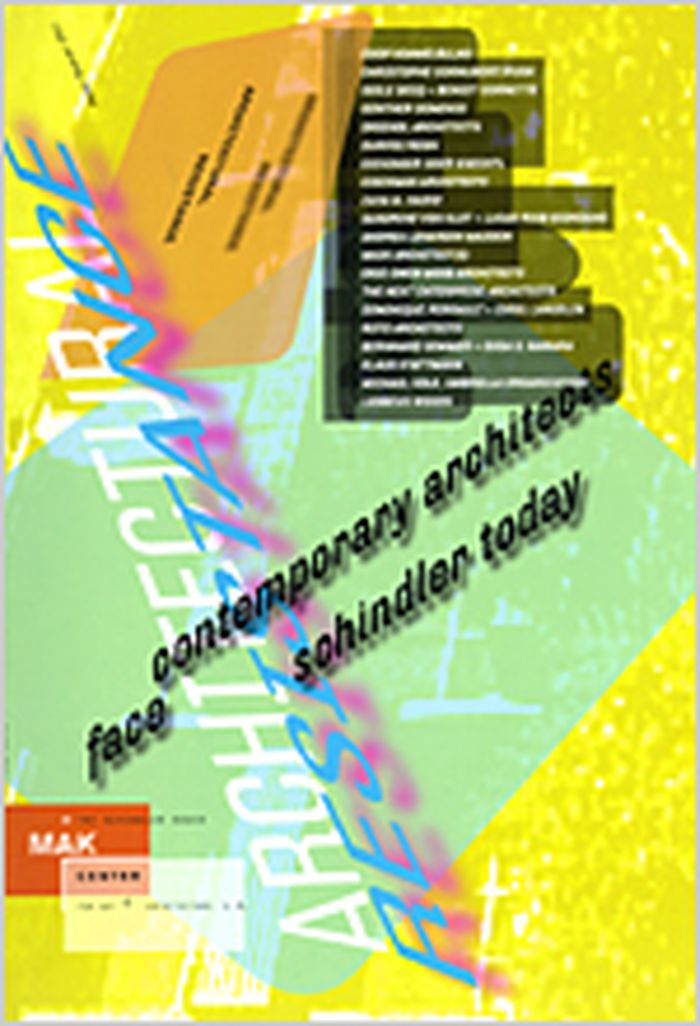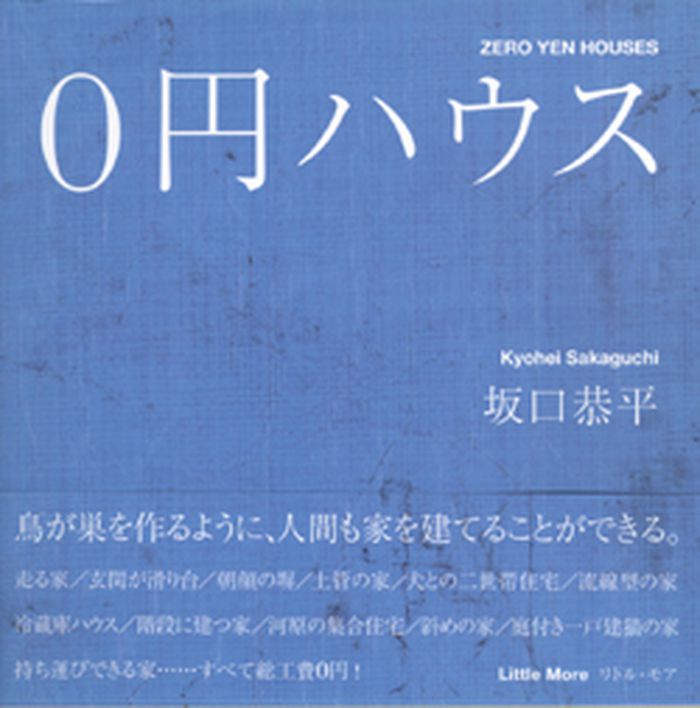$75.00
(disponible en magasin)
Résumé:
The artist Sandra Schlipkoeter (b. Solingen, Germany, 1979; lives and works in Berlin) uses the concept of interference as an umbrella term for her extensive oeuvre, which spans the media of painting, sculpture, and installation art. She studied at the Düsseldorf Academy of Fine Art with Eberhard Havekost, who had a profound influence on her as she devised her own(...)
Sandra Schlipkoeter: Interferenzen
Actions:
Prix:
$75.00
(disponible en magasin)
Résumé:
The artist Sandra Schlipkoeter (b. Solingen, Germany, 1979; lives and works in Berlin) uses the concept of interference as an umbrella term for her extensive oeuvre, which spans the media of painting, sculpture, and installation art. She studied at the Düsseldorf Academy of Fine Art with Eberhard Havekost, who had a profound influence on her as she devised her own photorealistic visual language. Interferences of natural and digital light she engenders using photography and then reproduces by painterly means have been central to her work since 2012; she translates them into oil paintings, cut-outs made from fabric-like structures, and installations. Experimenting with the diverse manifestations of light and variously cutting up, superimposing, and contorting materials such as mirror foil or paper, she creates visual universes that brim with energy. The monograph "Interferenzen" presents her output of the past ten years. With essays by Gisela Elbracht-Iglhaut and Thomas Kuhn and a conversation with the artist by Anna Matzek.
Cyberfeminism index
$48.95
(disponible en magasin)
Résumé:
When learning about internet history, we are taught to focus on engineering, the military-industrial complex and the grandfathers who created the architecture and protocol, but the internet is not only a network of cables, servers and computers. It is an environment that shapes and is shaped by its inhabitants and their use.The creation and use of this Index is a social(...)
Cyberfeminism index
Actions:
Prix:
$48.95
(disponible en magasin)
Résumé:
When learning about internet history, we are taught to focus on engineering, the military-industrial complex and the grandfathers who created the architecture and protocol, but the internet is not only a network of cables, servers and computers. It is an environment that shapes and is shaped by its inhabitants and their use.The creation and use of this Index is a social and political act. It takes the name cyberfeminism as an umbrella, complicates it and pushes it into plain sight. Edited by designer, professor and researcher Mindy Seu (who began the project during a fellowship at the Harvard Law School’s Berkman Klein Center for the Internet & Society, later presenting it at the New Museum), it includes more than 1,000 short entries of radical techno-critical activism in a variety of media, including excerpts from academic articles and scholarly texts; descriptions of hackerspaces, digital rights activist groups, bio-hacktivism; and depictions of feminist net art and new media art.
$19.95
(disponible sur commande)
Résumé:
Architecture on Display is a research initiative that consists of interviews with each of the living directors of the Venice Biennale for Architecture. The origins of the architecture biennale are generally traced to the 1970s, when it emerged from under the umbrella of the larger Venice Biennale, which was itself established in 1895. Since then it has become one of the(...)
Architecture on display: On the history of the Venice Biennale of Architecture
Actions:
Prix:
$19.95
(disponible sur commande)
Résumé:
Architecture on Display is a research initiative that consists of interviews with each of the living directors of the Venice Biennale for Architecture. The origins of the architecture biennale are generally traced to the 1970s, when it emerged from under the umbrella of the larger Venice Biennale, which was itself established in 1895. Since then it has become one of the most prestigious forums for architectural discourse today, and has served as a model for a range of international exhibitions. The book explores the biennale through the directors who established its particular discourse, including Vittorio Gregotti, Paolo Portoghesi, Francesco Dal Co, Kurt W Forster, Massimiliano Fuksas, Hans Hollein, Richard Burdett, Deyan Sudjic, Aaron Betsky and Kazuyo Sejima, as well as the current president of the Venice Biennale, Paolo Barrata. These conversations do not seek to recapitulate the exhibitions themselves but rather explore the questions that these exhibitions raise, with the hope of offering a model for future curatorial endeavours.
Muséologie
The ideal Communist city
$35.00
(disponible sur commande)
Résumé:
In 1968, lauded American architect Mary Otis Stevens (born 1928) and her partner, fellow architect Thomas McNulty (1919–84), initiated i Press, the influential imprint that focuses on the social context of architecture. Over the next five years, the duo released five books under the thematic umbrella of ''Human environment'' with the publisher George Braziller. The first(...)
L'humain et la ville
novembre 2022
The ideal Communist city
Actions:
Prix:
$35.00
(disponible sur commande)
Résumé:
In 1968, lauded American architect Mary Otis Stevens (born 1928) and her partner, fellow architect Thomas McNulty (1919–84), initiated i Press, the influential imprint that focuses on the social context of architecture. Over the next five years, the duo released five books under the thematic umbrella of ''Human environment'' with the publisher George Braziller. The first of this series, ''The ideal Communist city'' (1969) is an English translation of urban concepts advanced by architects and planners from the University of Moscow. The book was first published in a Soviet journal of a communist youth organization in 1960 and was then republished in Italy in 1968. Offering a new way of thinking about mobility, equity and social interaction in neighborhood planning, ''The ideal Communist city'' was a direct response to suburban development and its focus on private spaces for family life: ''the new city is a world belonging to all and each'' where life is ''structured by freely chosen relationships representing the fullest, most well-rounded aspects of each human personality.'' This publication is a facsimile of ''The ideal Communist city'', with additional texts by architectural historians and the editors.
L'humain et la ville
$39.95
(disponible sur commande)
Résumé:
When the property to the south of Rudolph M. Schindler’s historic house and studio on Kings Road in Los Angeles was sold to the developer of a 3-story, 18-unit condominium complex, a question urgently emerged: How does one build next to the Schindler House? To incite the exchange of ideas on the Schindler House problem, the MAK Center at the Schindler House initiated an(...)
mars 2004, Ostfildern-Ruit
Architectural resistance : contemporary architects face Schindler today
Actions:
Prix:
$39.95
(disponible sur commande)
Résumé:
When the property to the south of Rudolph M. Schindler’s historic house and studio on Kings Road in Los Angeles was sold to the developer of a 3-story, 18-unit condominium complex, a question urgently emerged: How does one build next to the Schindler House? To incite the exchange of ideas on the Schindler House problem, the MAK Center at the Schindler House initiated an architectural invitational in which architects were asked to envision a companion to Schindler’s masterwork. Juried by a distinguished international panel, entries were solicited from a roster of both established and young architects. Proposals were contributed by architect teams COOP HIMMEL(B)LAU, Vienna, Christophe Cornubert, PUSH, Los Angeles, Eichinger oder Knechtl, Vienna, Peter Eisenman, New York, Andrea Lenardin-Madden, Los Angeles, Durfee/Regn, Los Angeles, Günther Domenig, Graz, Eric Owen Moss, Los Angeles, Dominique Perrault, Paris, Odile Decq + Benoît Cornette, Paris, Zaha Hadid, London, Georg Driendl, Vienna, Michael Rotondi, Los Angeles, Klaus Stattmann, Vienna, Sandrine von Klot, Vienna, Lebbeus Woods, New York, Bernhard Sommer, Vienna, Mark Mack, Los Angeles, Umbrella Organization, Los Angeles, and The Next Enterprise, Vienna. "Architectural Resistance: Contemporary Architects Face Schindler Today" presents each of their 20 proposals in the context of a discussion about architecture, urban change, site, and historic preservation.
Zero yen houses
$75.00
(disponible en magasin)
Résumé:
A lean-to in an urban park, featuring a blue tarpaulin roof, a hinged door, and a bamboo blind. A car-shaped cardboard hut, lashed together with rope and sitting on a dolly. Temporary lodging under a bridge, incorporating a piece of playground equipment into its design. Each of these structures is an example of what Japanese artist and architect Kyohei Sakaguchi calls a(...)
Zero yen houses
Actions:
Prix:
$75.00
(disponible en magasin)
Résumé:
A lean-to in an urban park, featuring a blue tarpaulin roof, a hinged door, and a bamboo blind. A car-shaped cardboard hut, lashed together with rope and sitting on a dolly. Temporary lodging under a bridge, incorporating a piece of playground equipment into its design. Each of these structures is an example of what Japanese artist and architect Kyohei Sakaguchi calls a "zero-yen house".Built by the homeless of Tokyo, Osaka, and Nagoya, zero-yen houses employ discarded and found materials, including pieces of wood and corrugated roofing, temple ornaments, blankets, shipping pallets, an umbrella, and those ubiquitous blue tarps. They also incorporate into their assembly the imminence of their disassembly: at any moment, they may have to be taken apart and moved.Since his days as a university student at the turn of the millennium, Sakaguchi has been studying the kinds of shelters that street people have created for themselves in Japan's three largest cities. Based in Tokyo, he appears to be obsessed with this peculiar and transient form of "vernacular architecture". Sakaguchi uses images, descriptions, and even facsimiles of the improvised homes of the homeless as a way of celebrating human resourcefulness and ingenuity. These dwellings, he tells us, are worthy of our interest and admiration rather than our indifference, our scorn, or even our pity. They can instruct us on an approach to architecture that is the reverse of overconsumption and resource depletion.
Architecture résidentielle
